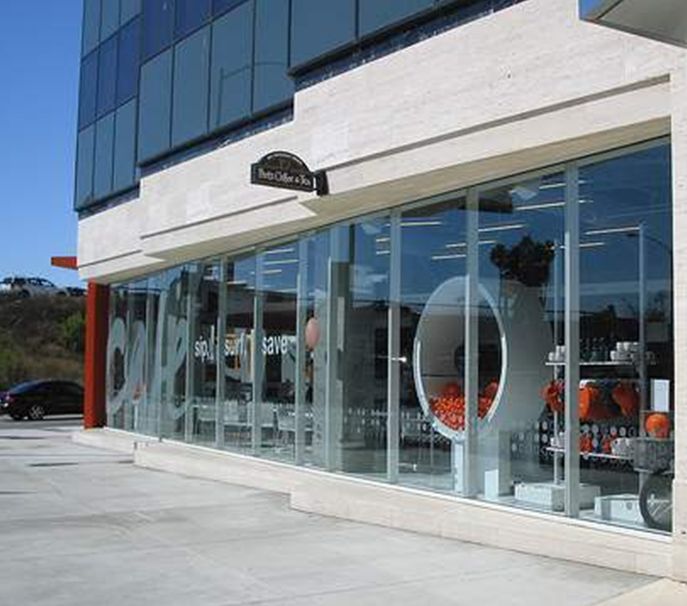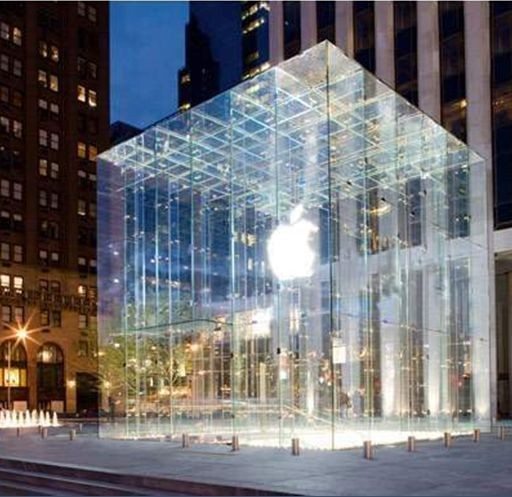
A few folks seem to disagree with my assertion that branch-based banking is dead, but they may have misinterpreted my assertion as being branches are dead.
They’re not.
Branches are very much alive and kicking ... just not as transaction centres.
Branches are sales centres.
And it is for this reason that the current branch system is dead, long live the new branch system.
It’s very much in keeping with the realignment of the other industries.
For example, book, record and travels shops have been closing faster than a stealth fighter in recent years ... until some bright spark realised that these stores need to realign. Their customers had gone online and were self-serving, so they need to do something different.
That’s why most book and media stores are now coffee lounges that encourage reading and entertainment.
So banks tried to do the same thing ... become a coffee lounge that encourages folks to talk about money ... but, unless you’re ING who can start from scratch with ING Cafes ...

... it doesn’t work.
There were too many coffee shops around for a start. Then customers just didn’t trust going into bank branches for a free cup of coffee and, the few that did, found the staff grimacing as they served it.
What this demonstrated is the reason for wiping the branch slate clean and starting all over again.
How would you build the branch and the branch network if you were starting all over again?
First, you would probably look around and ask: “who’s got the best retail network?”
And your answer might be Marks & Spencer, John Lewis, Tesco or Wal*Mart.
Large retailing stores in hypermarkets and shopping malls.
So you would select the largest shopping places and locate your main stores there.
These would be the biggest shopping malls, and the towns and cities with the largest populations.
Then you would ask: “who has the coolest shops?”
And your answer would probably be Apple.
So you would design your mega branch stores to be cool Apple style sales and advisory centres in the largest locations for shoppers and workers.

Would Apple build a store in every city, town, suburb and main street?
Of course not.
So why have banks done just that and, even worse, still maintain that structure?
Because it’s their legacy.
It’s the way things were done in the past.

And it’s a lesson banks are learning. The lesson is that this is broken, just like the old record store and book shop distribution system is dead.
The result is that most banks will eventually rationalise down to just one store for every 250,000 people – or one store for every large town, city and shopping mall – rather than the current structure where this is about one store for every 20,000 people.
So what do you do with 80% of stores that are no longer needed?
The ones that are in suburbs and smaller main streets.
As I said last week, you ditch them.
You substitute them with satellite self-service hub stations where folks self-serve with ATMs and deposit machines.

These hubs don’t disconnect the customer from the human face of the banks as, if you want to talk to a human, then there would be a remote advisor station in the ones that have larger footfall. A video terminal for access to advice.
And if you want to talk to a real human, we would offer you an appointment making facility where someone could visit you either at home or work.
So that’s the bank distribution of the future.
80% or more of existing branches close down and are replaced by machines.
20% are relocated into the best shop and work locations, and become cool mega branches for sales and advice, modelled around genius bars and yes, a place that encourages you to come in and relax over a cappuccino whilst talking about your money.
That still holds true.
Many banks are implementing the strategy above as we speak ... whilst some poor countries are left with an affliction called the old bank model ,with management too worried about operational expense to see the bigger picture.
The problem being that if they don’t rearchitect their branch network, then they will be walking the path of Woolworths (one of UK’s largest and oldest retailers: born 1909, died 2009).
NOTE: This blog primarily focuses upon economies where the cost of physical distribution is high. due to staff and building costs. It does not necessarily apply to countries where it is cheaper to run a branch operation than an IT operation.
Chris M Skinner
Chris Skinner is best known as an independent commentator on the financial markets through his blog, TheFinanser.com, as author of the bestselling book Digital Bank, and Chair of the European networking forum the Financial Services Club. He has been voted one of the most influential people in banking by The Financial Brand (as well as one of the best blogs), a FinTech Titan (Next Bank), one of the Fintech Leaders you need to follow (City AM, Deluxe and Jax Finance), as well as one of the Top 40 most influential people in financial technology by the Wall Street Journal's Financial News. To learn more click here...


